Astronaut Sees Skull On Earth’s Surface From Space, See The Creepy Photo

Astronauts aboard the International Space Station (ISS) captured a haunting image of what looks like a gigantic skull in the middle of the Sahara desert (via NASA). While floating in space high above the surface of the earth (about 250 miles), ISS astronauts spotted the anomaly and took a picture of it with a simple Nikon D5 digital camera.
Astronauts Snapped The Skull Photo Located In The Sahara Desert
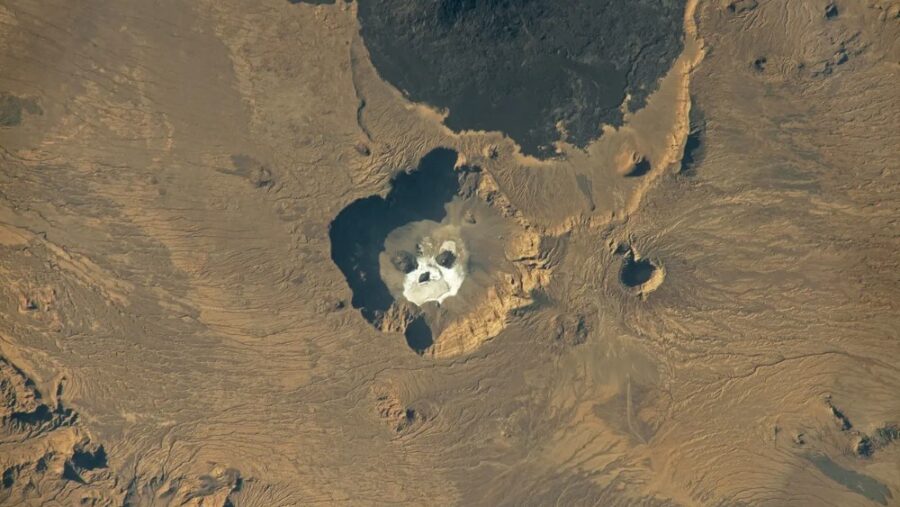
Though the astronaut actually took the picture in February of this year (2023), NASA saw fit to release the photo just in time for spooky season. What’s more Halloween than a huge skull in the middle of the desert?
Fortunately, the skull figure in the desert isn’t really a skull at all. The human mind is a wonderful device that looks for faces in nearly everything it sees, making the skull in the image easy to recognize amongst the vast desert surroundings. It’s an optical illusion of sorts.
It’s Actually A Volcanic Crater
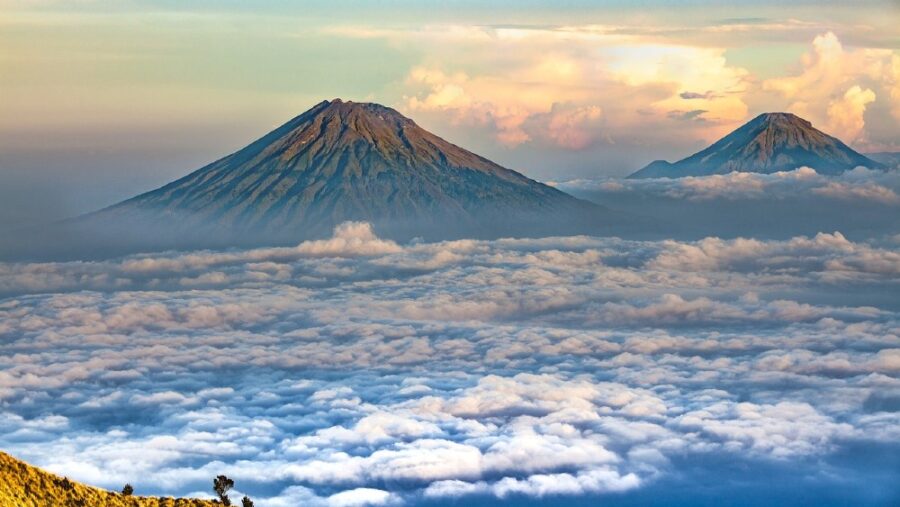
Instead of being the remains of a huge ancient giant or the true entrance to Castle Greyskull, the “skull” in the Sahara desert is actually an ancient volcanic crater. The crater is called Trou au Natron and it’s located in northern Chad.
The volcanic crater is the remains of an extinct volcano. The crater (or skull) is 3,300 feet (or 1,000 meters) deep. The diameter of the volcanic crater in the desert is irregular with a measurement of anywhere from 4 to 5 miles (6 to 8 kilometers), depending on where you are in the shape.
The Skull Shape Is Made Of Salt And Cinder From Ancient Eruptions
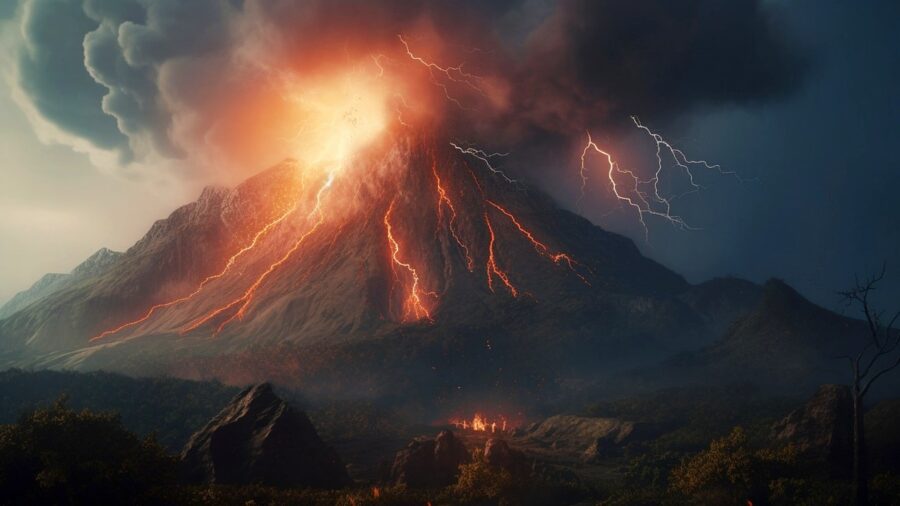
The white, skull-looking part of the desert crater is made up of a thick layer of white salt, commonly referred to as natron. Natron is a mineral mixture of sodium carbonate, sodium bicarbonate, sodium chloride, and sodium sulfate.
The black areas that make up the eyes and nose of the skull in the desert volcano are actually composed of large piles of accumulating cinder from the volcanic vents inside the crater. Nature is responsible for depositing the natron and the cinder piles in a skull-like manner in the middle of the Sahara desert.
The Desert Location Is Extremely Remote
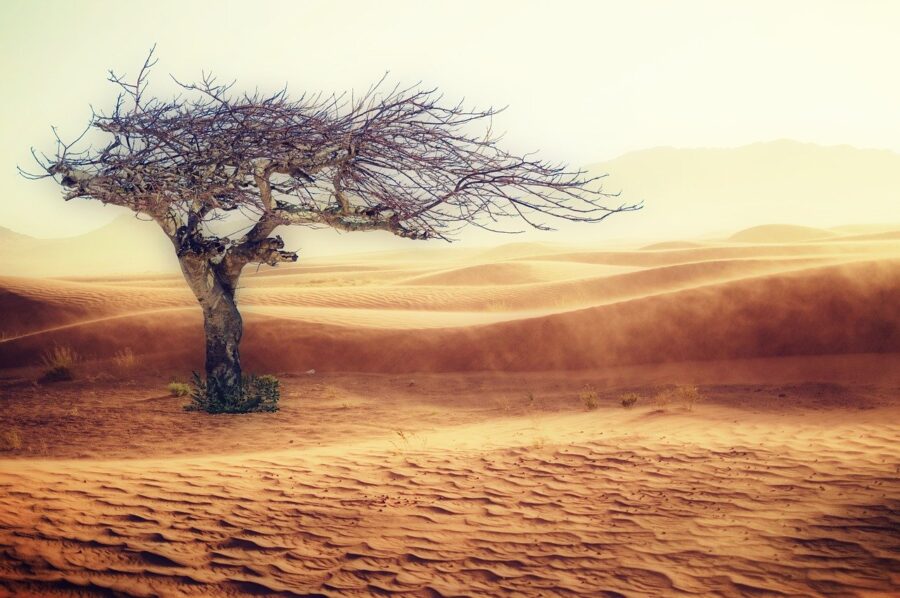
The Trou au Natron (or the skull) is located within the Tibesti Mountains. The mountain massif is the highest in all of the Sahara desert. It stands at an elevation of around 8,040 feet (2,450 meters). The skull in the desert is in one of the most remote locations in the world.
Though the desert climate and mountainous terrain make for an extremely harsh environment, the area is not devoid of life. The Tibesti Mountains have a very unique biodiversity. Fennec foxes, golden jackals, gazelles, African wildcats, and a variety of bird species can be found roaming the lands around the skull-shaped crater in the desert.
Little Is Known About This Desolate Location
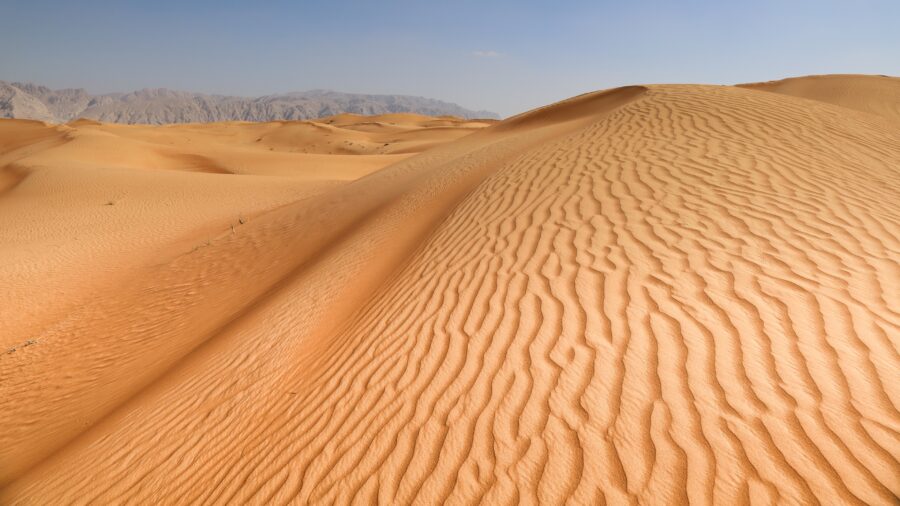
However, due to the remote location of Trou au Natron, scientists don’t know much about the anomaly. Being remote is also not the only obstacle in the way of knowing more about the skull in the desert. The political violence present in the populated areas surrounding the crater makes it dangerous to go there for further research.
It is not known how Trou au Natron was formed. Scientists do know that the volcano that formed the skull-like crater in the desert is extinct, but they do not know when it had its last eruption.












